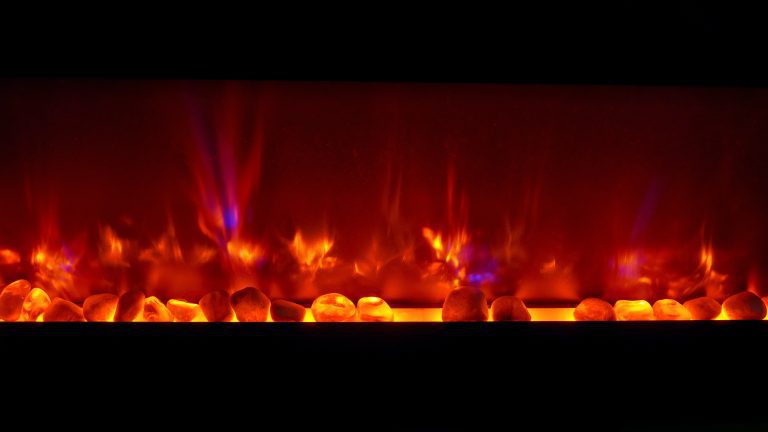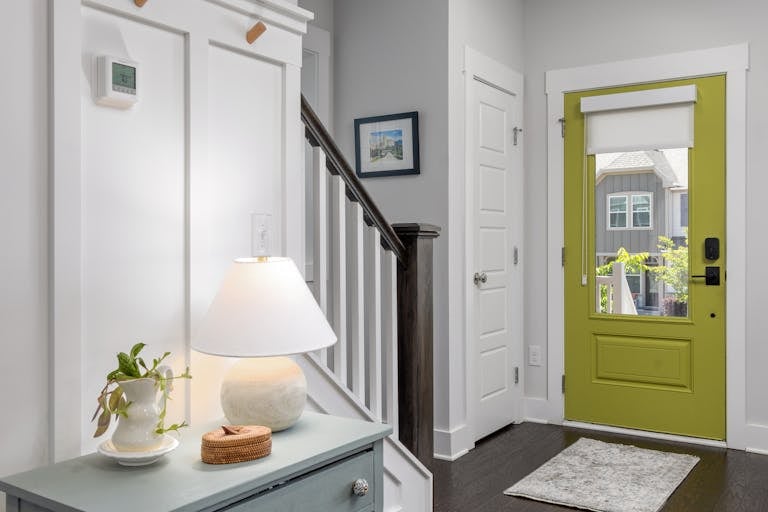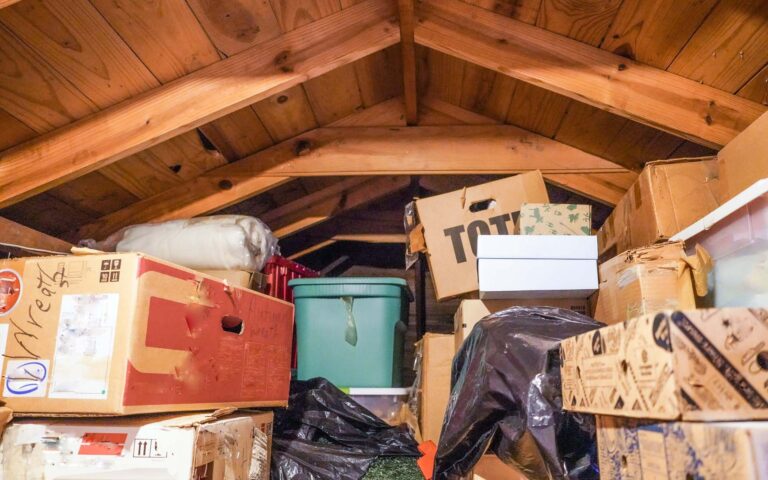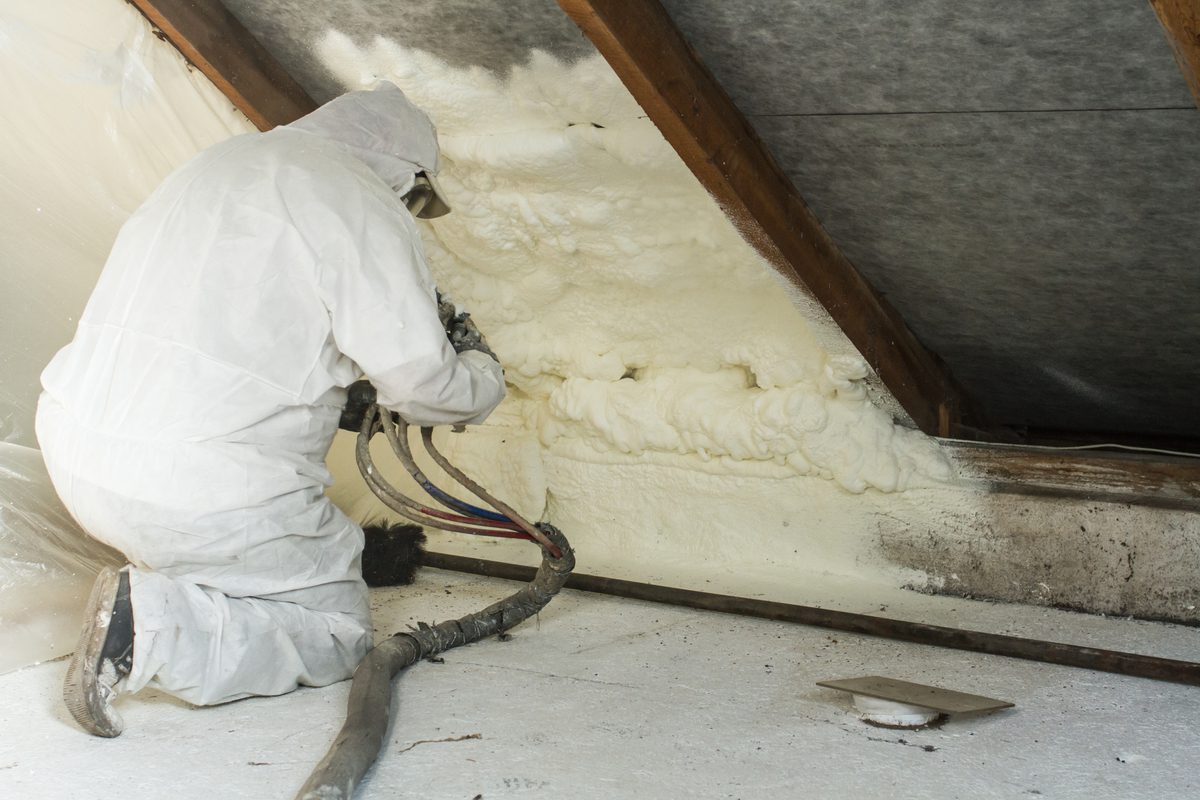
Living in Texas, especially in San Antonio, means dealing with hot summers and sometimes, chilly winters. One of the best ways to keep your home comfortable year-round and help the environment is by properly insulating your home. Insulation plays a crucial role in reducing your carbon footprint, which is the amount of carbon dioxide emissions you’re responsible for. In this article, we’ll explore how insulation can make a big difference for both your home and the planet.
Understanding Carbon Footprint
Your carbon footprint is the total amount of greenhouse gases, including carbon dioxide, that you produce through your daily activities. This includes driving your car, using electricity, and heating or cooling your home. Reducing your carbon footprint means you are lowering the amount of these harmful gases you release into the atmosphere, which helps combat climate change.
How Insulation Works
Insulation is a material that slows down the transfer of heat. In the summer, it keeps the hot air outside and the cool air inside. In the winter, it does the opposite by keeping the warm air inside and the cold air outside. By maintaining a stable indoor temperature, insulation reduces the need for heating and cooling, which in turn reduces the amount of energy you use.
Energy Efficiency and Reduced Emissions
Heating and cooling account for a large part of your home’s energy use. In Texas, air conditioning is a major energy consumer because of the hot climate. When your home is well-insulated, it doesn’t need as much energy to stay cool in the summer or warm in the winter. This means your heating and cooling systems don’t have to work as hard, which reduces energy consumption and lowers your utility bills.
By using less energy, you are also reducing the demand on power plants. Many power plants burn fossil fuels like coal and natural gas to produce electricity, which releases carbon dioxide and other greenhouse gases into the atmosphere. When you use less energy, power plants don’t need to produce as much electricity, which means fewer emissions are released.
Types of Insulation
There are several types of insulation that can help you reduce your carbon footprint:
- Fiberglass Insulation: This is one of the most common types of insulation. It’s made of tiny glass fibers and is often used in walls, attics, and floors. It is effective and affordable.
- Spray Foam Insulation: This type of insulation expands when sprayed, filling gaps and sealing air leaks. It’s great for hard-to-reach areas and provides excellent thermal resistance.
- Cellulose Insulation: Made from recycled paper products, cellulose is an eco-friendly option. It’s treated to be fire-resistant and is good at filling irregular spaces.
- Radiant Barrier Insulation: Particularly effective in hot climates like Texas, radiant barriers reflect heat away from your home. They’re typically installed in attics to keep your home cooler.
Benefits for San Antonio Residents
For residents of San Antonio, proper insulation can make a significant difference. The city’s hot summers and mild winters mean that insulation is essential for maintaining a comfortable indoor environment. By reducing the need for air conditioning and heating, you can lower your energy bills and reduce your carbon footprint.
Additional Benefits of Insulation
Besides reducing your carbon footprint, insulation offers other benefits:
- Improved Comfort: Insulation helps maintain a consistent indoor temperature, making your home more comfortable year-round.
- Noise Reduction: Insulation can also reduce outside noise, creating a quieter indoor environment.
- Increased Home Value: Energy-efficient homes are attractive to buyers. Proper insulation can increase the resale value of your home.
Conclusion
Insulating your home is a simple yet effective way to reduce your carbon footprint in San Antonio and across Texas. By lowering your energy consumption, you can help combat climate change, save money on utility bills, and enjoy a more comfortable living space. If you’re considering upgrading your insulation, consult with a local insulation expert to find the best solution for your home. Make the smart choice for your home and the planet by investing in quality insulation today. Contact us for more info on how to make the carbon footprint of your home smaller.






